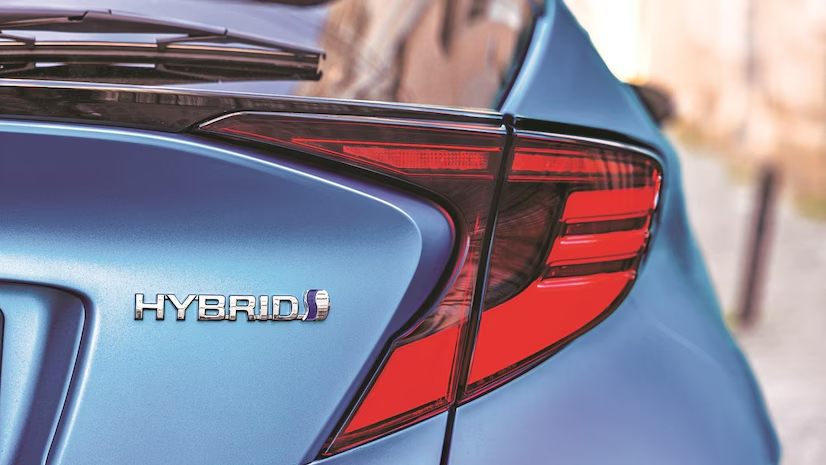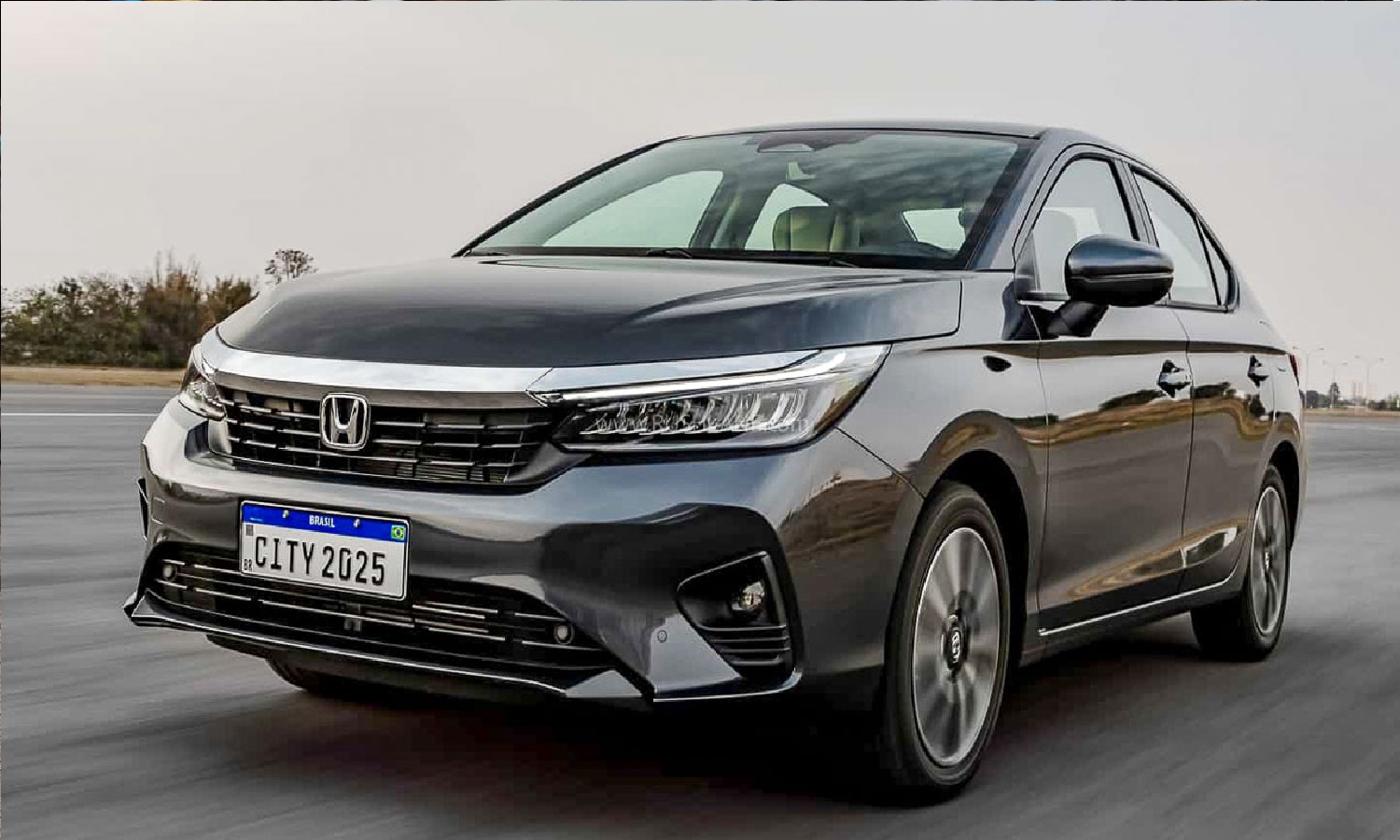In India’s dynamic automobile arena, the hybrids, a mix of internal combustion engines and electric power, have fared indifferently. Across the globe, they seem to be often viewed as a far more practical approach toward emission reduction without succumbing to the perils of charging infrastructure. But in India, they have had a very bumpy journey possibly because of policy choices, market economics, and consumer behavior, all of which indicate a tough road ahead for hybrid vehicles.
The Indian government has chosen to aggressively promote electric vehicles as an aspect of its green mobility scheme. Policies like the Faster Adoption and Manufacturing of Hybrid and Electric Vehicles (FAME) offer substantial financial incentives for electric vehicles, thus making them more attractive to consumers. However, hybrids, especially strong hybrids, are excluded from these benefits. The reason behind this policy is that hybrids, as fuel-efficient as they are and lower in emissions than conventional cars, still cannot be powered by anything but fossil fuels. This puts the message across that the country would rather bypass transitional technologies such as hybrids and go straight for complete electrification. Hybrids are thus being competed with not only by electric vehicles but also by cheaper internal combustion engine vehicles that dominate the markets.
Price also poses itself as another major hindrance. Hybrid vehicles, by design, are costlier to manufacture as they have a dual powertrain, combining a traditional engine and an electric motor with a battery pack. The complexity of the production processes pushes forward the costs of production to the consumers. For instance, the Toyota Camry Hybrid and Honda City Hybrid are sold at considerably higher prices than their petrol or diesel versions. In a market as price-sensitive as India’s, this creates a substantial barrier to adoption. Consumers looking for green technology are often swayed towards EVs, which, all thanks to government subsidies and lower running costs, offer a more compelling value proposition.
Further dwindling the attractiveness of hybrids is the growing EV infrastructure in India. The high-speed proliferation of charging stations within urban and semi-urban centers further fortified the confidence in the ownership of electric vehicles. Even though external charging is not required for hybrids, they are hardly futuristic and do not carry the connotation of a ‘break’ with fossil fuels, as the notion of EV carries. Hybrids are often seen as a compromise rather than a bold step towards sustainability.
Consumer perception also plays a critical role here. More and more Indian buyers associate EVs with environmental responsibility and technological advancement. Hybrids, though having their own efficiencies in terms of fuel input and lesser emissions are probably perceived as a stopgap arrangement. They don’t have the “clean slate” appeal of EVs and therefore fail to connect with the eco-conscious consumer who sees them as only a partial solution.
This is further made worse by the limited range of hybrid options available in India. In global markets, hybrids are available in a wide range of variations, segmenting a good number of them. In India, such options are rather limited. Toyota, Honda, and Maruti Suzuki, some of the key auto manufacturers who introduced hybrids in the country, have restricted their offerings mostly to the premium niche, thus limiting their reach. And secondly, hybrids cannot fulfill the divergent needs of Indian consumers without a wider range of product portfolios.
As the technology in EVs continues to progress, the gap between hybrids and EVs is expected to continue increasing. Better technologies in battery continue improving the life of EV, and it will be cheaper, offer long stretches, and faster charging. This does further advance the power that hybrids might have inherently offered as a stopgap. Automakers’ focus has become decisively a focus on EVs, and even companies like Tata Motors and Mahindra have deferred the development of a full electric platform to hybrids.
Hybrids find themselves between two worlds: they are neither as cheap nor as smooth as ICEs, nor have the promise of EVs. For both policymakers and manufacturers, the trend is toward a future dominated by electrification. Unless hybrids are transformed in some compelling manner or cost can be dramatically reduced, this will leave them behind in a clean, green, and sustainable tomorrow.
Why Hybrids may fail to take-off in India’s Evolving Automobile Market




